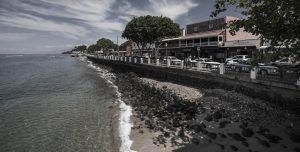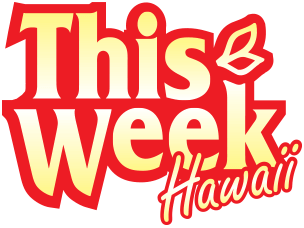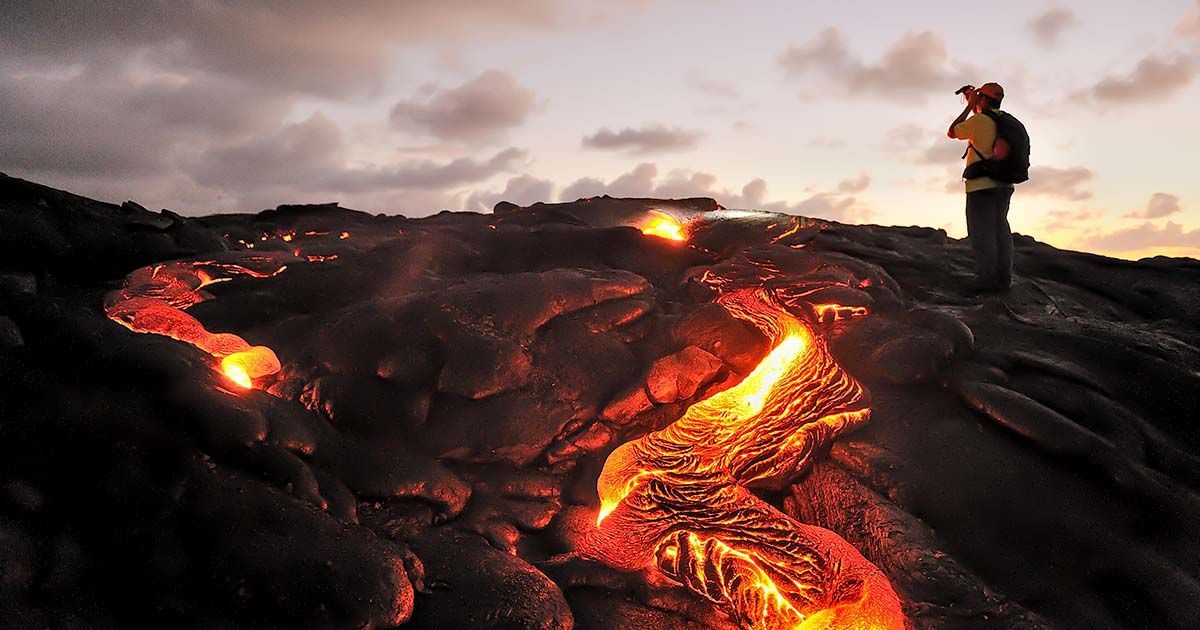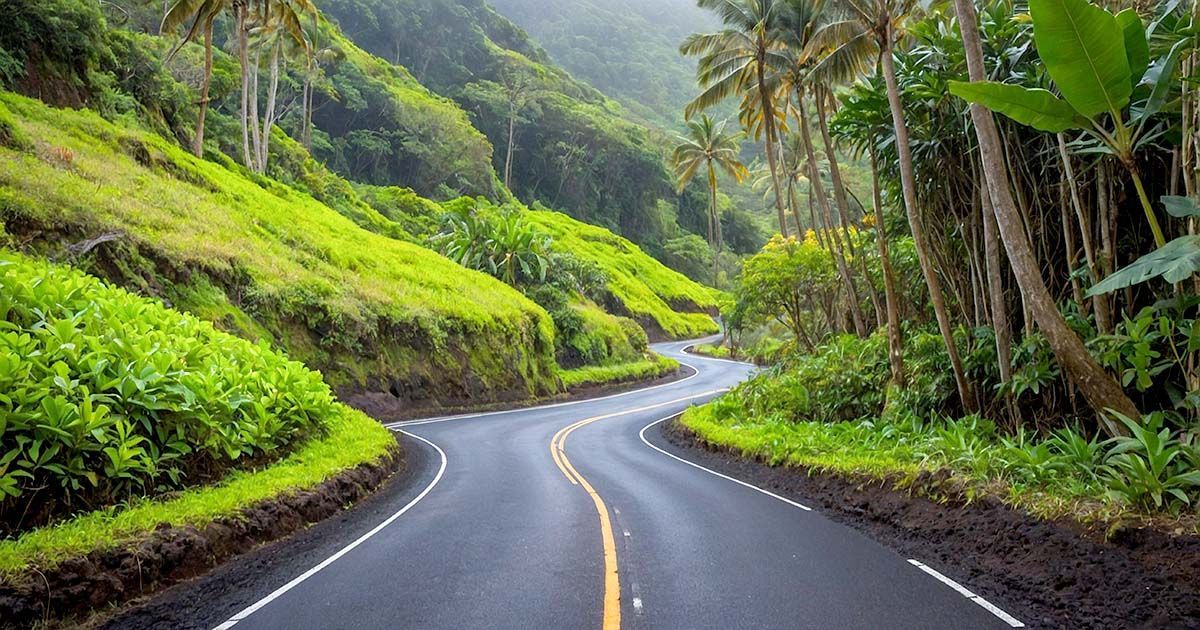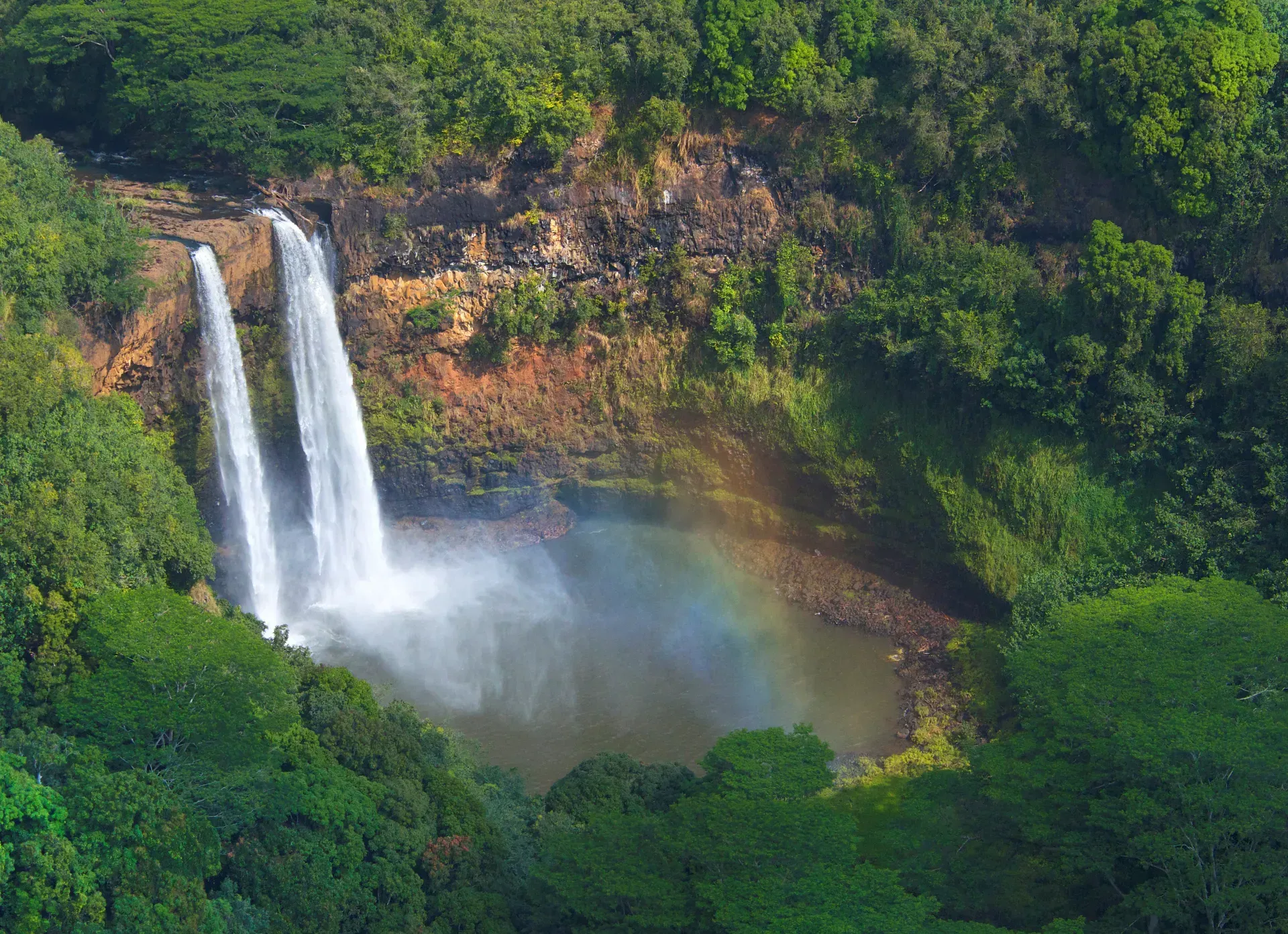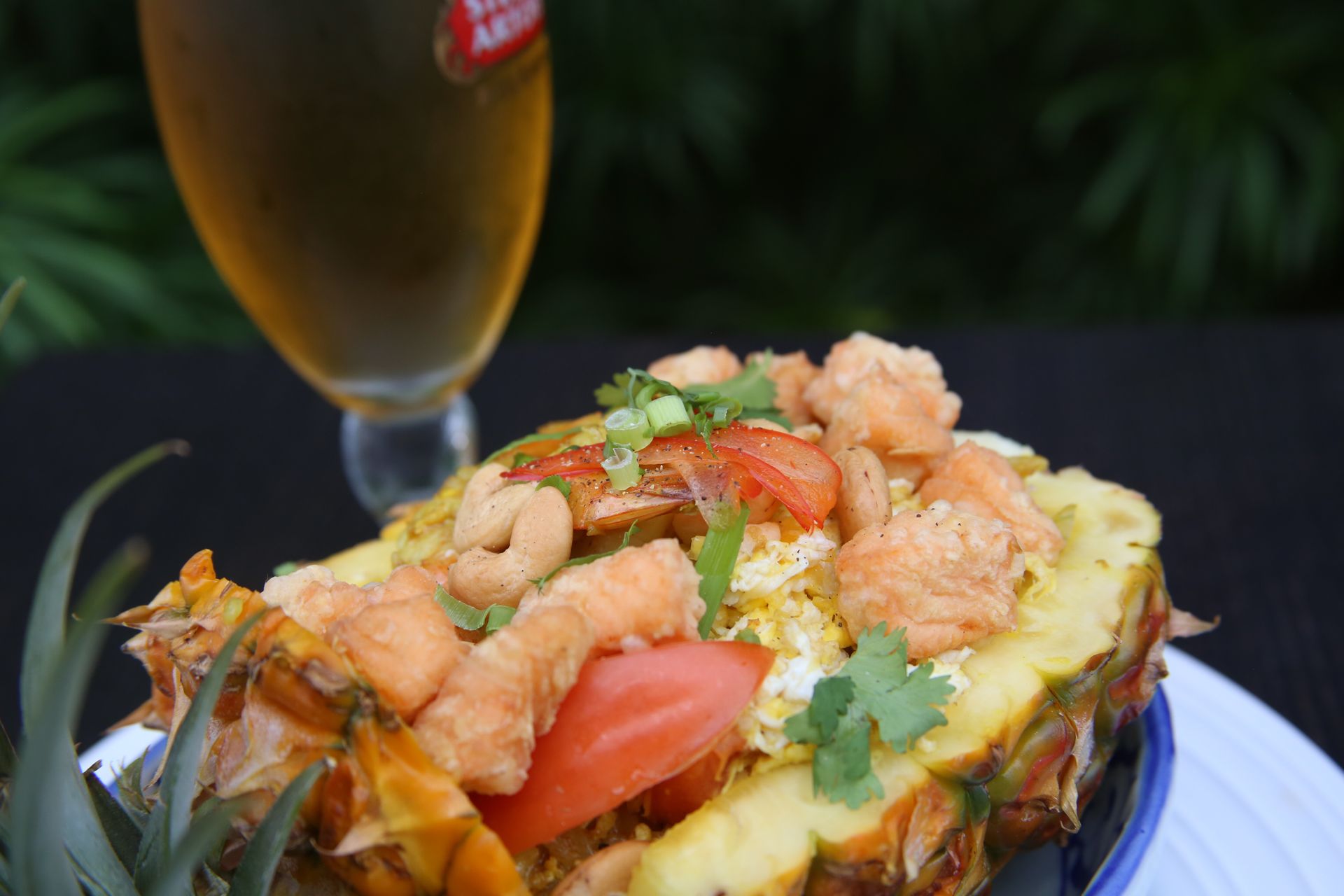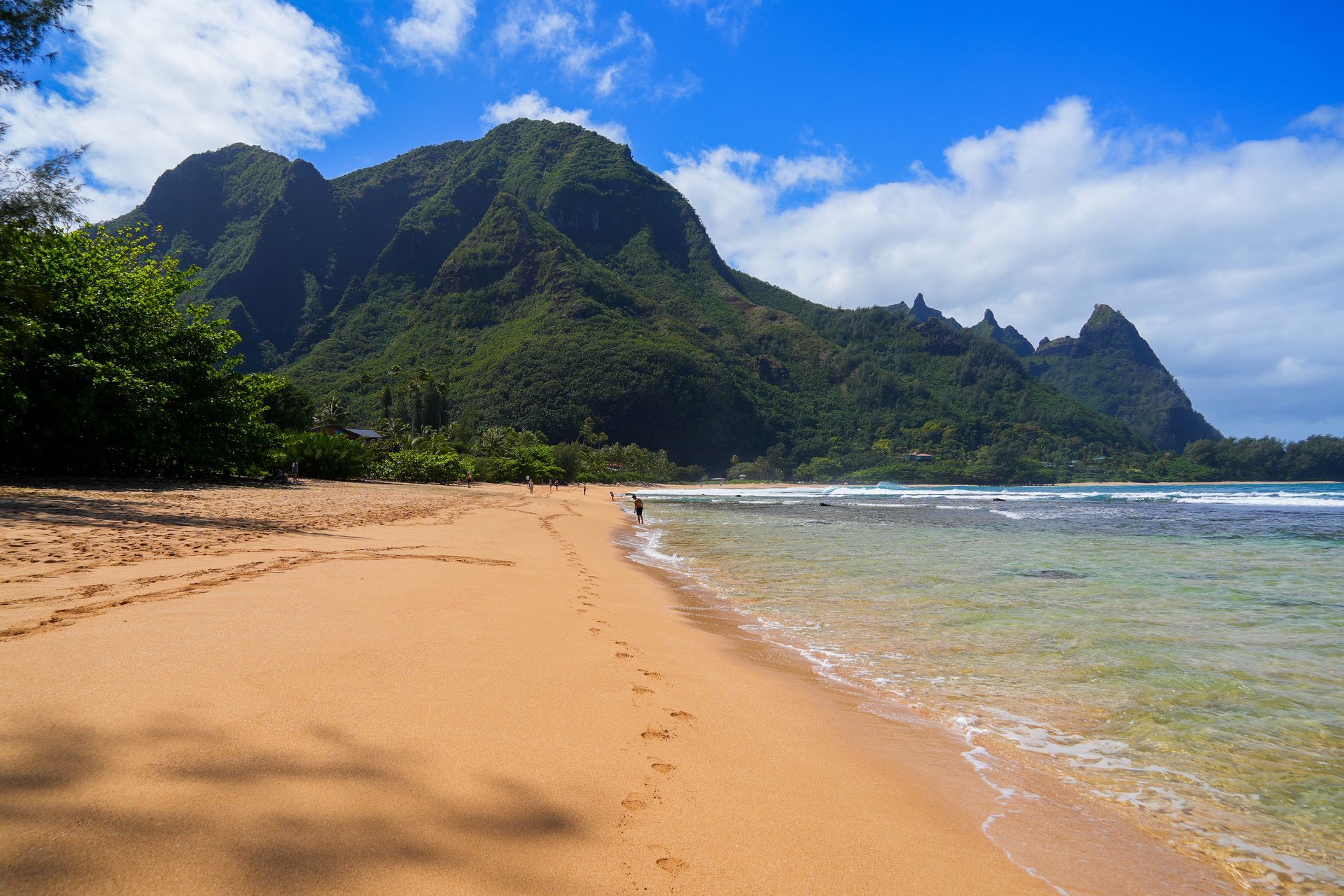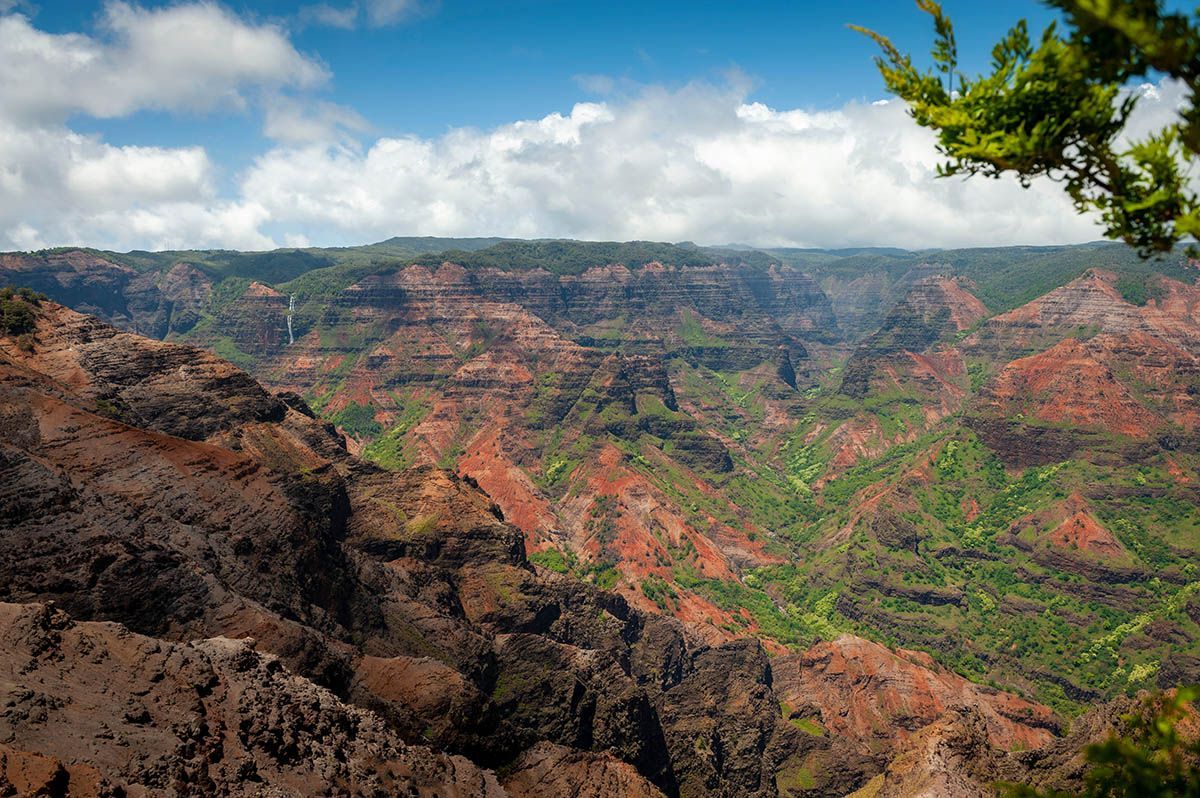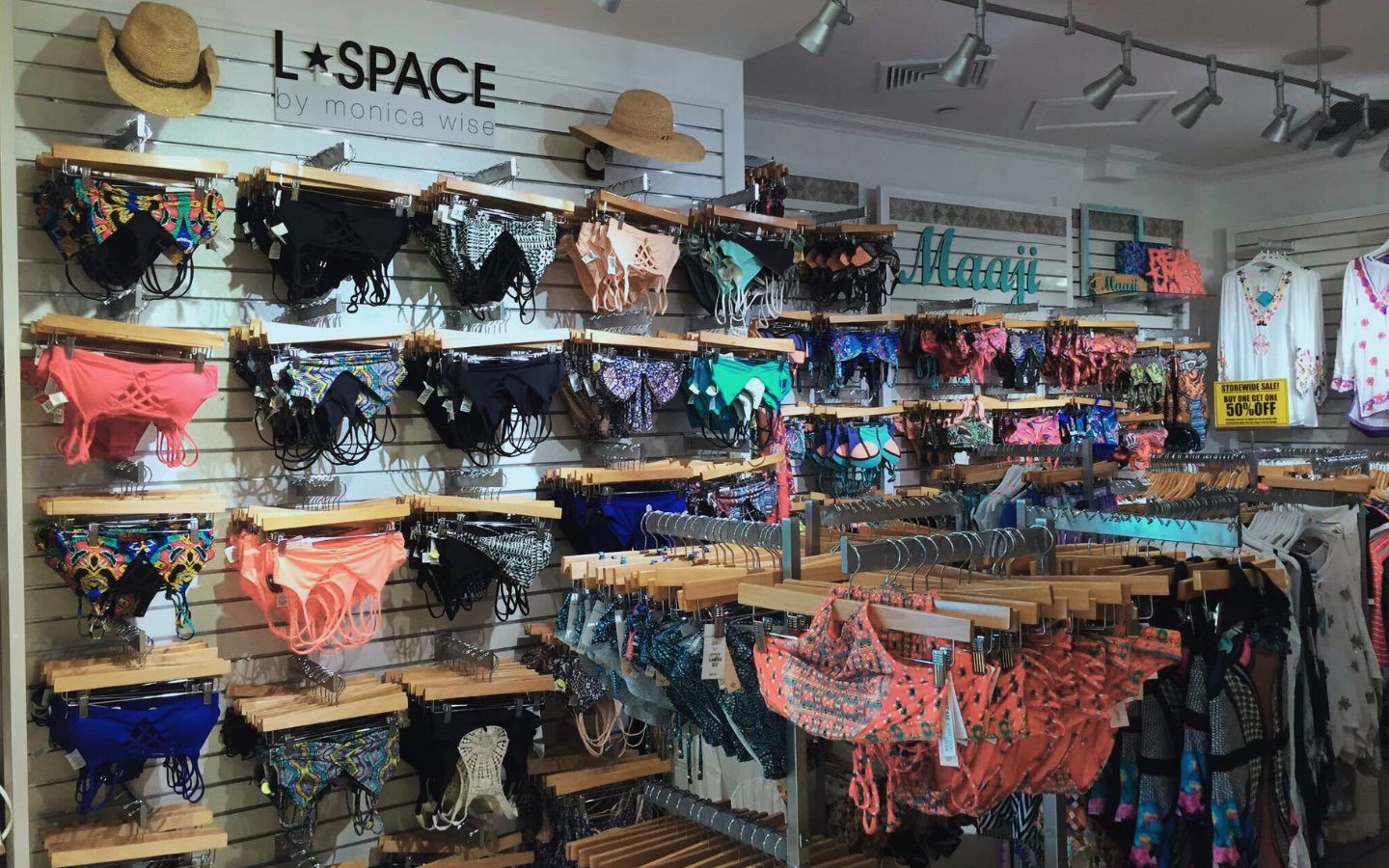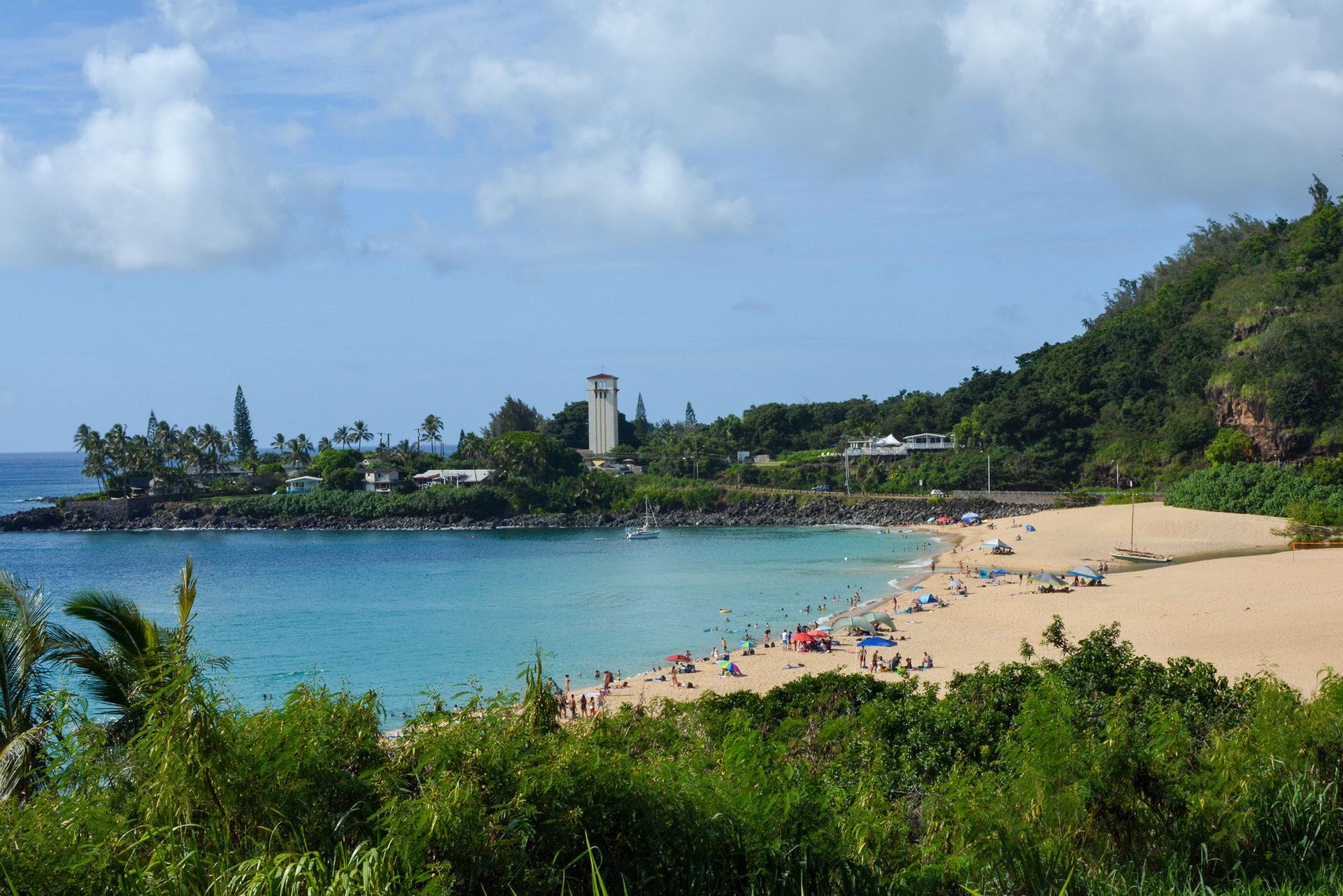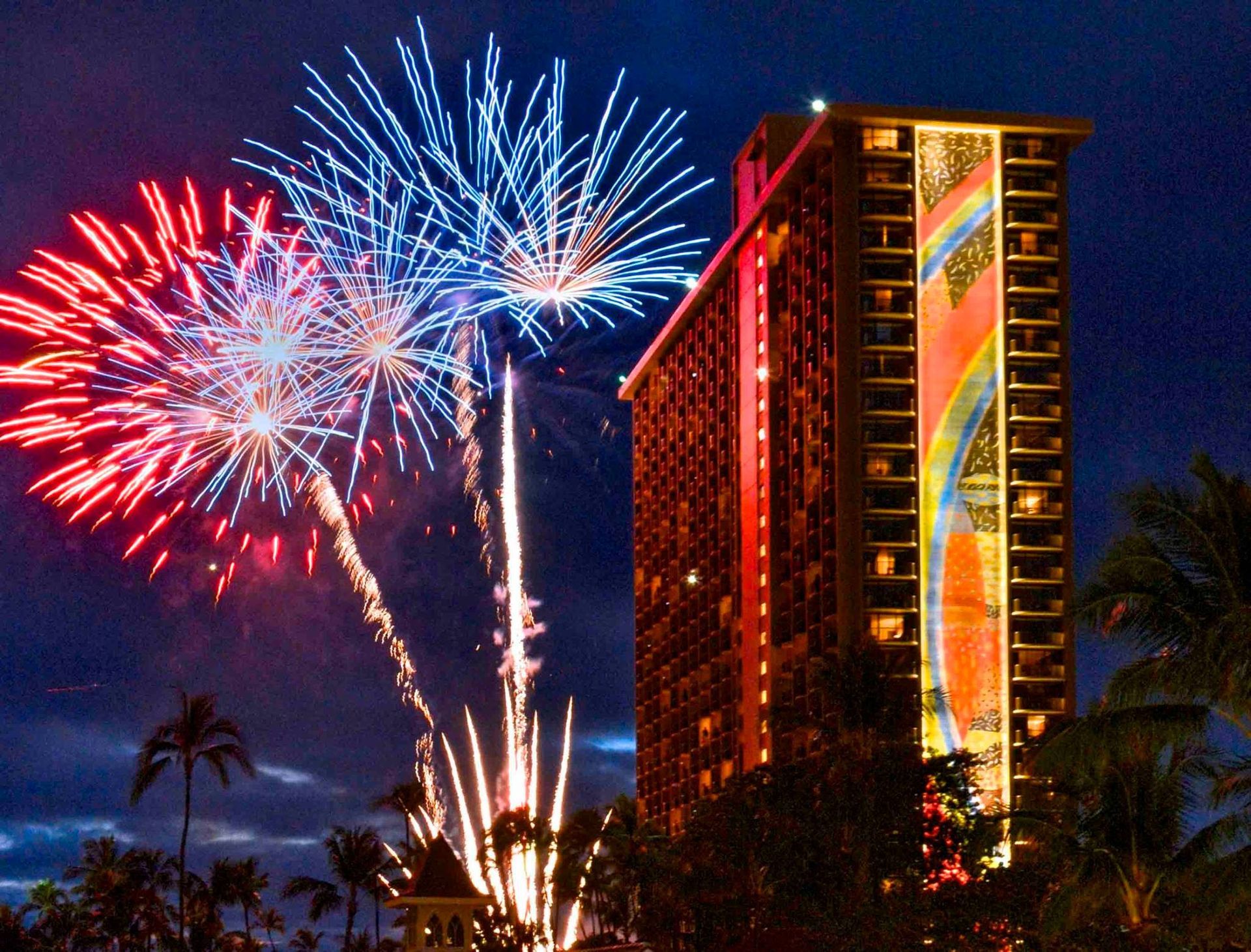Must-Do’s on the Way to Hawai‘i Volcanoes National Park
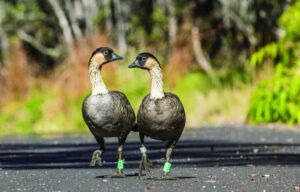
Hawai‘i Island’s top visitor attraction is Hawai‘i Volcanoes National Park, but along the way you’ll find delicious treats and isle experiences that are simply too good to ignore.
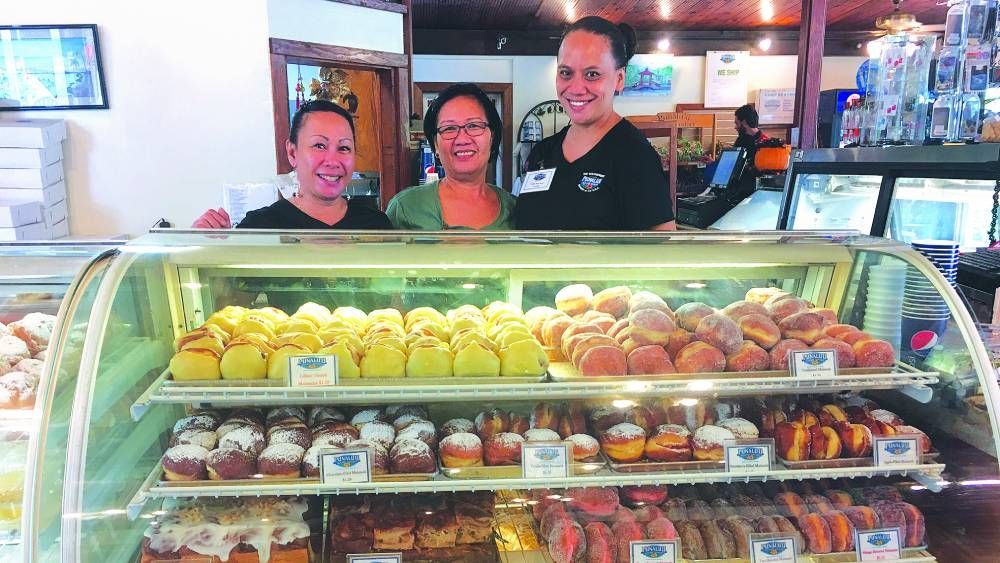
Breathe deep and the delicious scent of freshly baked goodies will lead you to Punalu‘u Bake Shop . As America’s “Southernmost Bake Shop” located in rural Ka‘ū, this oasis is a popular landmark for visitors and residents on the way to Hawai‘i Volcanoes National Park. “It’s a nice rest stop where people can see our sweetbread and cookie bakery operations,” says General Manager Connie Koi, a 27-year veteran of the bakery. “My favorites are the lilikoi-glazed malasada and traditional sweetbread loaf.”
She says the malasada are the most popular item. “Our guests rave about them,” says Koi. “You should see their faces light up when they see our pastry cases. They simply can’t decide which one to buy, so they end up buying a box full of them. We have a variety of them such as the lilikoi-glazed, traditional taro, mango or guava sugared, apple, strawberry, haupia (coconut cream), guava, pineapple or mango filled, vanilla or chocolate-filled, and our rendition of the Boston Cream Pie we call the Bismark—vanilla cream-filled topped with a delicious chocolate icing.”
Opening its doors in January 1991, Punalu‘u Bake Shop was the brainchild of former mayor Mufi Hanneman, who was the CEO of former owner C. Brewer & Co. at the time. He wanted to create jobs for people living in the area.
“I love the environment of being out in the country and working in such a beautiful setting that is close to home,” says Koi.
In addition to savoring the baked treats, visitors can also stop by the gift shop and pick up island-made gifts, crafts and souvenirs such as postcards, coasters, t-shirts, ball caps and more.
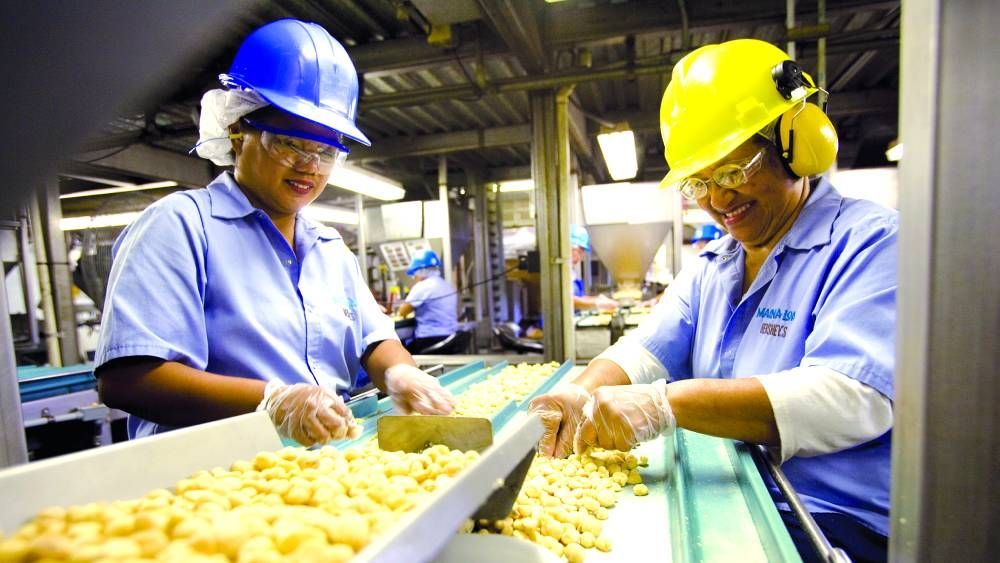
Mauna Loa Macadamia Nut Visitor Center has produced macadamia nuts roasted to perfection for over 30 years. Tour the visitor center and see how the macadamia nut is transformed from nut to chocolate-dipped goodness. Enjoy free samples of nuts and macadamia cookies, plus shop for isle gifts, including an exclusive selection of Mauna Loa products available only at the factory.
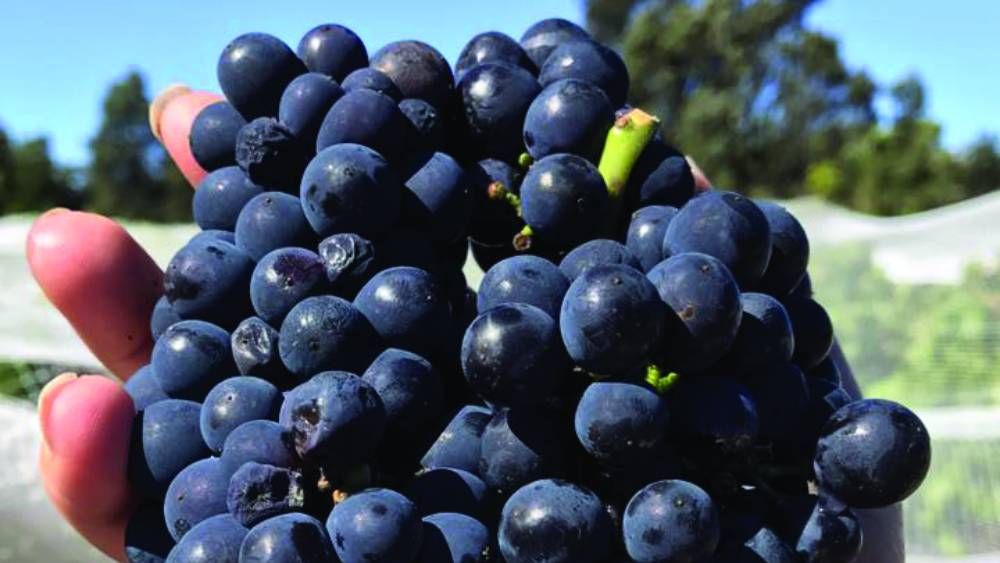
Did you know there is a winery on the Big Island? What better way to relax after a busy day touring Kīlauea than stopping by Volcano Winery , the southernmost winery in the United States?
After you’ve worked up a thirst trekking Hawai‘i Volcanoes National Park, experience how this microclimate makes for high-quality wine-growing grapes and premium loose leaf tea.
Ask Lani about the vintage wine tasting and estate tea tasting flights. Make plans to stop by at 12:30 and you can take part in their complimentary daily tour.
One of Hawai‘i’s longest-running helicopter tour companies, Safari Helicopters offers customers 30 years of experience, knowledge and seasoned customer service along with your choice of two flight options: the East Rift Zone Safari and Volcanoes National Park & Waterfalls Safari. With its Hilo headquarters close to the action, Safari saves customers time and money, plus gets you to the action faster!
If you’d prefer to leave the driving to someone else, join Roberts Hawaii for their Hawaii Grand Circle Island Tour with Volcanoes National Park led by a highly trained guide. This day-long adventure departs from Kona. You’ll stop at the national park’s visitor center among other sites, in addition to Rainbow Falls State Park, ‘Imiloa Sky Garden, Big Island Candies factory, Punalu‘u Black Sand Beach and Royal Kona Coffee.
Hawai‘i Volcanoes National Park offers unique experiences for the visitor. Lava fields, hiking trails, ranger talks and more will easily fill several days of exploration. Hawai‘i Volcanoes National Park (HAVO) is home to Kīlauea Volcano and the park’s sprawling topography illustrates how volcanism has affected the landscape through centuries.
More recent volcanic activity includes the dramatic 2018 massive lava lake collapse and explosions at Halema‘uma‘u Crater. The nationally publicized, three-month event included towering ash plumes and tens of thousands of earthquakes resulting in an outbreak of lava activity outside the park along Kīlauea’s Southeast Rift Zone. The relentless molten flows destroyed over 700 homes in the Puna District. Within the park, seismic activity caused building damage, rock falls and deep cracks in roads and trails.
Things to do: The park has reopened numerous main attractions. A must-stop is the informative Kīlauea Visitor Center for natural history exhibits, a Hawai‘i Pacific Parks Assn. bookstore and ranger services.
At press time, access is available to hiking trails and roads leading to long-time popular park attractions—the active Steam Vents and Bluff, Sulphur Banks, Kīlauea Iki Overlook, Devastation Trail, Pu‘uloa Petroglyphs, Kapukapua‘ulu (Bird Park), tree molds off Mauna Loa Road, Chain of Craters Road, and most recently, the moderately strenuous four-mile Kīlauea Iki Trail.
In addition, a section of the Ka‘ū Desert Trail is open to Hilina Pali along with a portion of the Halema‘uma‘u Trail from the rainforest summit of Kīlauea near Volcano House to the steaming caldera floor. The road leading to the 6,662-foot Mauna Loa Lookout is open to vehicles. Repairs continue at iconic park features; get the latest updates at nps.gov/hawaiivolcanoes.
Within the park, Volcano House provides accommodations and dining at crater’s edge. From the hotel’s perch, visitors can readily view the massive Halema‘uma‘u Crater, which tripled in-depth and doubled in diameter during the summer of 2018. There’s currently no molten lava inside the park, but there is a growing pond of water at the bottom of Halema‘uma‘u Crater.
Park entry fee is $30/vehicle, $25/motorcycle, $15/pedestrian or bicyclist; the receipt allows entry for seven days. The annual Tri Park Pass that includes entry to Hawai‘i Volcanoes National Park and Pu‘uhonua O Hōnaunau National Historic Park on the Big Island, and Haleakalā National Park on Maui, is $55.
Find a wide range of artwork by Hawai‘i artists—especially those whose work is strongly influenced by the power of volcanism—at the Volcano Art Center Gallery within the national park. The gallery is located in the 1877 Volcano House Hotel , which opened as a 13-pillow establishment. The building is listed in the National Register of Historic Places as Hawai‘i’s oldest visitor accommodation. For details on exhibits and workshops, visit volcanoartcenter.org.
![Endangered nēnē, Hawaiian goose [Photo NPS / Janice Wei]](https://lirp.cdn-website.com/0e650340/dms3rep/multi/opt/nn-pair-near-devastation-trail-in-hawaii-volcanoes-np_46171867162_o-1920w.jpg)
Keep an eye out for the endangered Hawaiian Goose! The nēnē, or native Hawaiian goose, is the state bird, listed as an endangered species. As such, park visitors are asked to always drive slowly, but especially around the bird’s nesting season that stretches from October to March.
Pairs mate for life and typically return to the previous years’ nest sites. Between two and five eggs are laid and hatch after 30 days.
The current population is estimated to number around 1,300 to 1,500 with populations on Hawai‘i Island, Maui, Kaua‘i and Moloka‘i. Captive-bred birds make up a large number of these populations. Please do not feed nēnē or any wildlife
Visit the park prepared with lots of water, snacks, sunscreen, head protection and rain gear. Always stay on the trail and practice #leavenotrace.
[A version of this article appears in print in the pages of This Week Big Island]
